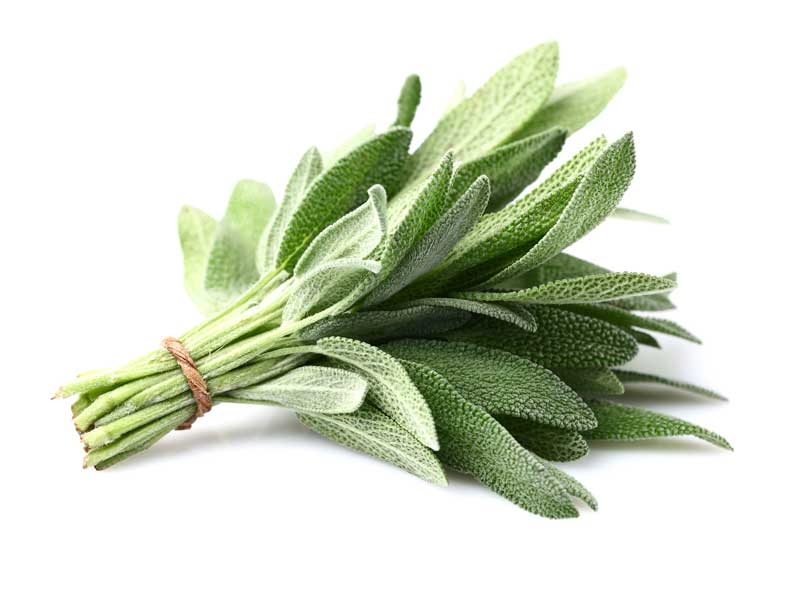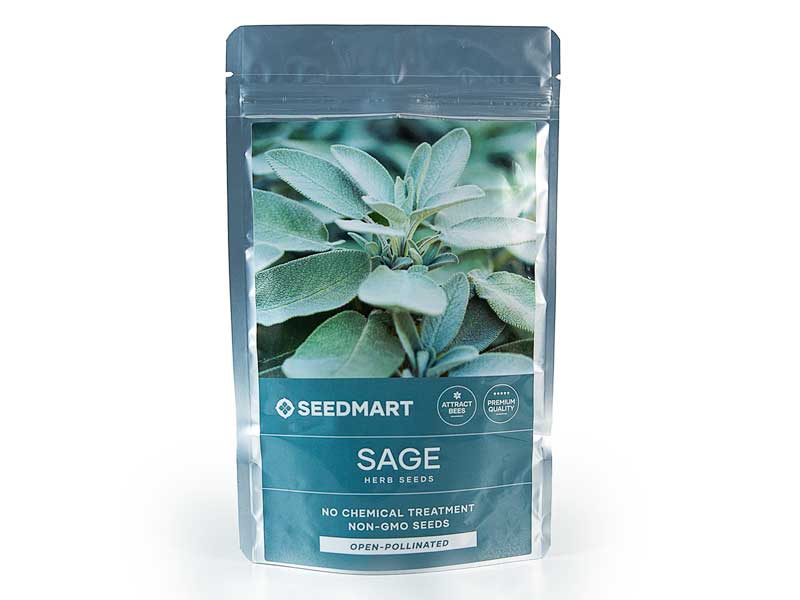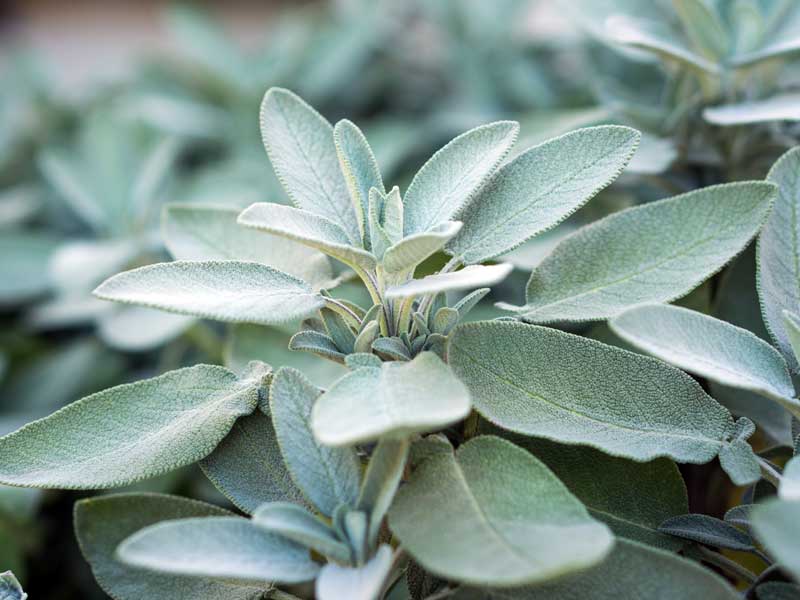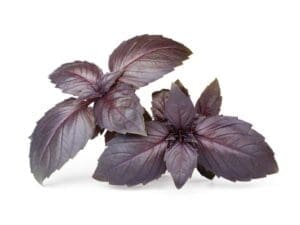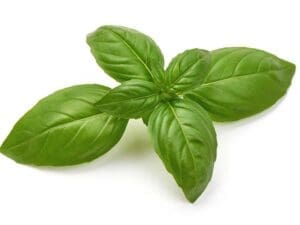HERB ‘Sage’ Culinary Herb Seeds
Botanical Name: Salvia officinalis
- Hardy, drought-tolerant perennial herb with strong, earthy flavour.
- Popular for flavouring meats, sauces, and stuffings.
- Attracts pollinators like bees to the garden.
- Can be grown as a mature herb or harvested young as microgreens.
- Low-maintenance, ideal for hot and dry garden spots.
Plant Details
- Plant Type: Perennial herb
- Plant Height: Up to 45 cm
Sowing Information
- Germination: 14–21 days
- Depth: Sow 0.5 cm deep
- Position: Full sun
- Sow Where: Direct sow or into containers
- Soil Type: Light, well-drained soil (pH 6.0–7.5)
- Spacing: 50 cm between plants
Growing Tips
- Allow soil to dry between watering to avoid rot.
- Trim regularly to encourage bushy growth and airflow.
- Mulch lightly to control weeds and retain moisture.
- Remove flower heads if growing for culinary use.
Harvest
Harvest leaves as needed from 60–90 days after sowing. Best flavour is before flowering.
When to Sow Sage in Your Climate
| Climate Zone | Best Planting Time | Tips |
|---|---|---|
| Temperate | Spring and Summer (after frost) | Choose a dry, sunny spot; avoid overwatering. |
| Subtropical | Spring and Summer | Water lightly; prune to shape and extend harvest. |
| Tropical | All year round | Best in dry season; elevate containers to drain well. |
| Cool | Spring and Summer (after frost) | Start indoors to get a head start on the season. |
| Arid | Spring and Summer | Provide light mulch and irrigate sparingly. |
How to Grow Sage as Microgreens
- Do not pre-soak seeds.
- Use approx. 10 grams of seed per 30 × 35 cm tray.
- Fill tray with 2–3 cm of fine potting mix. Moisten thoroughly.
- Scatter seeds evenly and press gently into the surface. Do not cover heavily.
- Cover tray with another lid or blackout dome. Place in dark, ventilated area.
- Water 1–2 times daily. Germination occurs in 14–21 days.
- After sprouting, move to a bright spot and continue watering daily.
Harvest (Microgreens): Ready in 20–25 days. Cut 1–2 cm above soil line with clean scissors.
Click here to learn more about growing sage in Australia.

